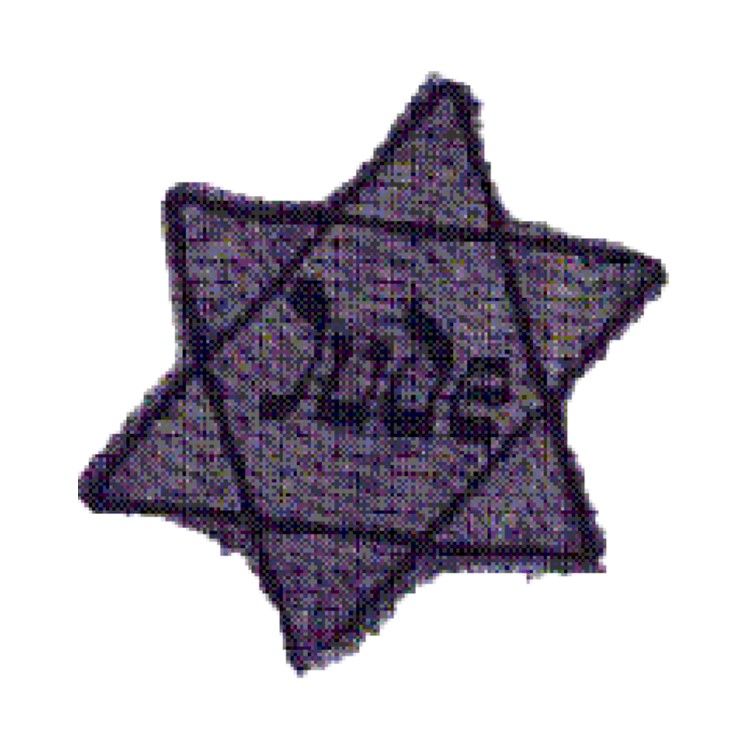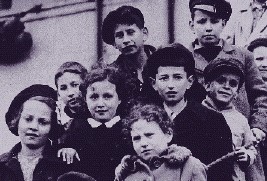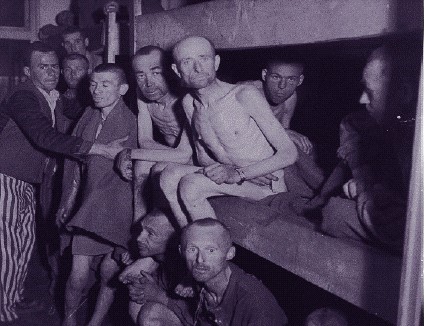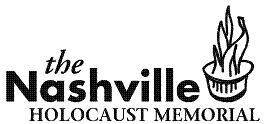The Holocaust:
Darkness in the Fire



A holocaust is a raging fire that consumes everything in its path. This is what happened to the Jewish people from 1933, when Adolf Hitler came to power in Germany, to 1945, when the Allies liberated Europe. Six million Jewish people were killed, including one and a half million children. Words cannot provide justice to the many and varied experiences of the victims, witnesses, rescuers, and survivors of the Holocaust or Shoah (a Hebrew term meaning desolation). As the number of people who experienced the Holocaust first-hand declines with each passing year, memorials are critically important, preserving the memory of this horrific period of history. The Holocaust is unique because of the extent to which a legitimately formed government targeted and passed laws against a single group—the Jews.
Although Hitler officially became chancellor of Germany in 1933, his plans for the annihilation of European Jews had already been made clear in his 1926 manifesto of racism, Mein Kampf [My Struggle]. The initial actions taken were against Jewish people in Germany and Austria. Only one in four Jews from these countries survived the Holocaust. The first measures were to deprive Jews of their citizenship and livelihood. Despite strict immigration laws and quotas some were able to flee. Others went into hiding or assumed non-Jewish identities, and a small number found refuge with people of conscience. Later, Jews in many countries occupied by the Nazis fought with resistance movements; some aided the Allies.
In March 1938, Austria was rapidly absorbed into Greater Germany; then the Rhineland and Czechoslovakia were occupied. The world sat by, waiting to see if this was the end of Hitler’s “territorial ambitions.” His motto though was “Ein Volk, ein Reich, ein Führer!” [“One people, one empire, one leader!”]. The goal was to make Europe and then the world, led by Germany, judenrein [cleansed of Jews]. At first laws were enacted to make life so difficult that Jews would be forced to leave. But where could they go? Immigration quotas kept them out of America and even Israel, which then was under British control. As the crisis mounted, representatives from thirty-two countries met in Evian, France, and, while sympathetic to the plight of the Jewish refugees, none were willing to open their doors. On November 10-11, 1938 came the destruction of Jewish shops and homes, known as Kristallnacht [The Night of Broken Glass]. Jewish assets and property throughout Germany and Austria were illegally confiscated. The concentration camps, which originally had been built for political prisoners, overflowed with Jewish men. Then, all borders were closed. On September 1, 1939, Poland was invaded. This conquest brought three million more Jews under the Third Reich’s control.
As the Nazis conquered Europe from Poland to France, police and government officers complied with the anti-Jewish goals of the German state—sometimes with ferocity that astounded even the German soldiers. Secret killings by mobile execution squads in forests in former Soviet territories gave way to lynchings in the streets. Ghettos were created throughout Europe and the Jewish community was forced to live under unimaginably dire conditions. The Wannsee Conference of January 1942 formalized the “Final Solution to the Jewish Question.” Now, throughout occupied Europe Jews systematically were rounded up and deported in packed cattlecars to death camps, most of which were located in Poland. At these killing centers tens of thousands were gassed to death every day. Some were subjected to inhumane “medical experiments.” Many thousands more were stripped of personal identity and compelled to work in numerous forced labor camps that dotted the European landscape. In the late fall of 1944, as the Allies closed the ring around Eastern Europe, the Jews that remained in the ghettos were executed and those still in camps were forced to march deeper inside German lines. Thousands died along the way. Soldiers and civilian collaborators alike sought to destroy the evidence of their crimes, but the world soon would bear witness to the enormity of these atrocities.
On January 27, 1945, the advancing Soviet army liberated Auschwitz, where over one million people had been murdered. The American forces liberated the concentration camp, Dachau, on April 29, 1945. Whole villages had been wiped out. Two thirds of European Jewry had been brutally murdered. Centers for Displaced Persons were established since few Jews could return to their former homes. Many who did go back in search of family or friends often were shunned by those who had moved into their homes or taken over their businesses. Often these were the same neighbors who watched them march away at gunpoint a few years before. Other groups were also persecuted (for example, Romany-gypsies, the physically challenged, Jehovah’s Witnesses, and Germans of African descent), but the facts bear out that Jews were the primary “racial” targets. Some of the same anti-Semitic hate-tracts used in the 1930s are still being circulated today, updated and posted on the worldwide web. Time may march on, but it is vital—especially now—that future generations are reminded, or perhaps made aware for the first time, of what happened to Jews in Europe during the Holocaust. The fervent hope is….never again…to anyone.
